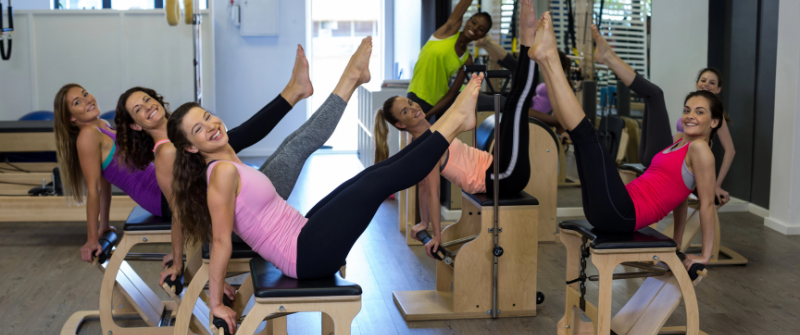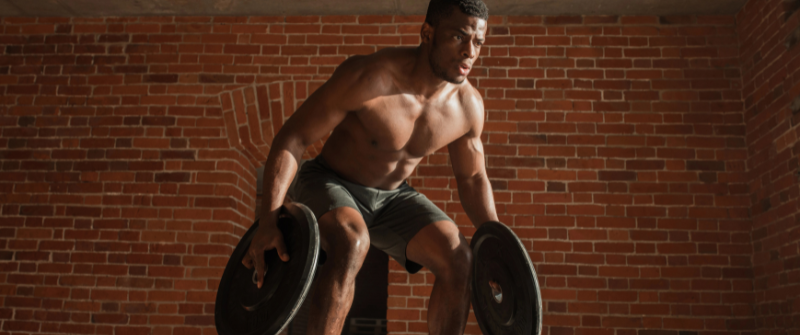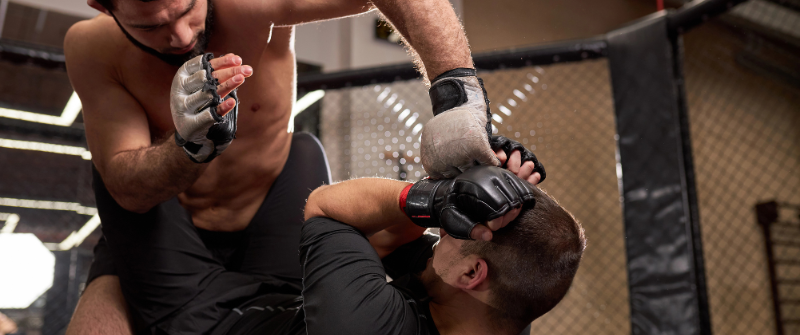
- by NEXO Team
- August 30, 2021
You need the right equipment in your gym to attract new clients and keep your current roster of members happy. As a gym manager or owner, you know that a gym is like any other small business.
Like many small business owners, you may constantly worry about cash flow to pay your employees and keep the lights. When it comes time to buy new equipment, you might feel as though your gym won’t survive it. The good news is that there are options when it comes to affording new equipment for gym.
Three options for bringing new equipment into your gym include pay cash, finance, or lease it. If you can’t afford to pay cash, you might consider one of the other two options to protect your cash flow.
The following will help you decide between leasing gym equipment vs. buying it.

Assets and Equity
When you opt to lease new gym equipment, you pay a monthly payment, but you never actually own it. The equipment never becomes an asset of your small business, and you never build equity in it.
You return the equipment at the end of the lease period. After that, you need to either buy or lease new equipment. When you buy your gym equipment even with financing, the equipment becomes an asset.
There might come a time when you want to retire or open another type of business and need to sell your gym. With the equipment as assets, you can ask for a higher price. When you own the equipment, the value of your gym goes up.
In the end, when you lease equipment, you're only paying for the privilege to use it for a set period of time. You aren't making an investment in the long-term value of your gym.
Maintenance, Repairs, and Damage
Sometimes, the leasing company will take care of the maintenance costs and some general repairs. Before signing paperwork and accepting the leased equipment, you need to read the fine print and discuss these costs with the company.
The leasing company does this to ensure that they get the equipment back in a condition that's acceptable enough that they can resell it. As the owner of the equipment, you're the one who benefits from selling it when you need to replace it, so you'll want to provide adequate maintenance.
When you own the equipment, you're always responsible for maintenance, damage, and repairs. In some cases, your insurance might recover damages and repairs depending on the circumstances.
However, when you own the equipment, you have the choice of whether to repair it or simply scrap it. Leased equipment would need to be repaired before returning it to the leasing company.
Deposits, Monthly Payments, and Down Payments
If you buy gym equipment with cash, you don't need to worry about making a deposit or down payment. However, it will eat into your cash reserves. If you opt to buy the equipment with financing, you might or might not need a down payment.
Most leases require a down payment of some size. The size of the down payment, deposits, and monthly payments with leases are going to come down to your credit score.
Leasing companies don't want the equipment back in a couple of months, so they need to know you'll keep the equipment and pay for it over the leasing period. If they need to take the equipment back early, they'll likely lose money, because they can't lease it again as new equipment.
If you opt to lease the equipment, you can almost always expect to put down a deposit. Most leasing companies require a deposit of the first and last month's payments. In some cases, you might need a security deposit to guard against damages to the equipment.
A financing company might require a down payment, depending on your credit rating, but they don't typically require a deposit too. In some cases, you might be able to find financing without a down payment.
The leasing company bases your monthly lease payment, in part, on your creditworthiness. The lower your score means the more that you can expect to pay each month. Finance companies do the same because you pay interest on the loan.
When you lease equipment, you might find that you enjoy a lower monthly payment. However, you aren't adding to your company's assets, you're simply paying for the use of the equipment.

Equipment Options
When you lease equipment, you're only able to lease the brands and models that they have available in their inventory. You might not find the equipment brands that you most want. In some cases, you might not know the quality of the equipment until it arrives in your gym.
Your lease contract will outline how often you can trade the current equipment for new models. You might not be able to get the most recent model or best upgrades until your lease is over. In some cases, you might find a penalty for returning the equipment early.
When you buy the equipment, you can select any brand or model of equipment that you prefer for your gym. You can even opt for customized gym equipment that suits your needs and those of your members the best. You don't get this kind of flexibility with leased gym equipment.
Conclusion
There are pros and cons to both buying and leasing new gym equipment. However, it's clear that buying the equipment is better in the long term for your gym. The value that equipment can add to your gym is measured both monetarily and through increased memberships. Leasing equipment simply limits your options and can have a higher cash output than financing equipment.
NexoFit is ready to help you finance the equipment that you need for your gym. We can also help by bundling equipment financing, insurance, and advertising and marketing into one affordable package.
Categories
Fill out a short form to contact us with your questions or to receive a customized quote.
Recent Posts
-
 Is Your Pilates Studio Prepared for a Medical Emergency?
January 5, 2026
Is Your Pilates Studio Prepared for a Medical Emergency?
January 5, 2026 -
 NEXO’s Affinity Program: How Fitness Suppliers and Associations Can Partner for Profit and Protection
December 5, 2025
NEXO’s Affinity Program: How Fitness Suppliers and Associations Can Partner for Profit and Protection
December 5, 2025 -
%20(1).png) How to Insure an MMA Gym Without Paying for Coverage You Don’t Need
December 5, 2025
How to Insure an MMA Gym Without Paying for Coverage You Don’t Need
December 5, 2025 -
 Mastering Liability for Jiu-Jitsu Tournaments and Martial Arts Events
December 5, 2025
Mastering Liability for Jiu-Jitsu Tournaments and Martial Arts Events
December 5, 2025 -
 From Zen to Zoning: What Every Yoga and Pilates Studio Owner Should Know Before Signing a Lease
December 5, 2025
From Zen to Zoning: What Every Yoga and Pilates Studio Owner Should Know Before Signing a Lease
December 5, 2025

